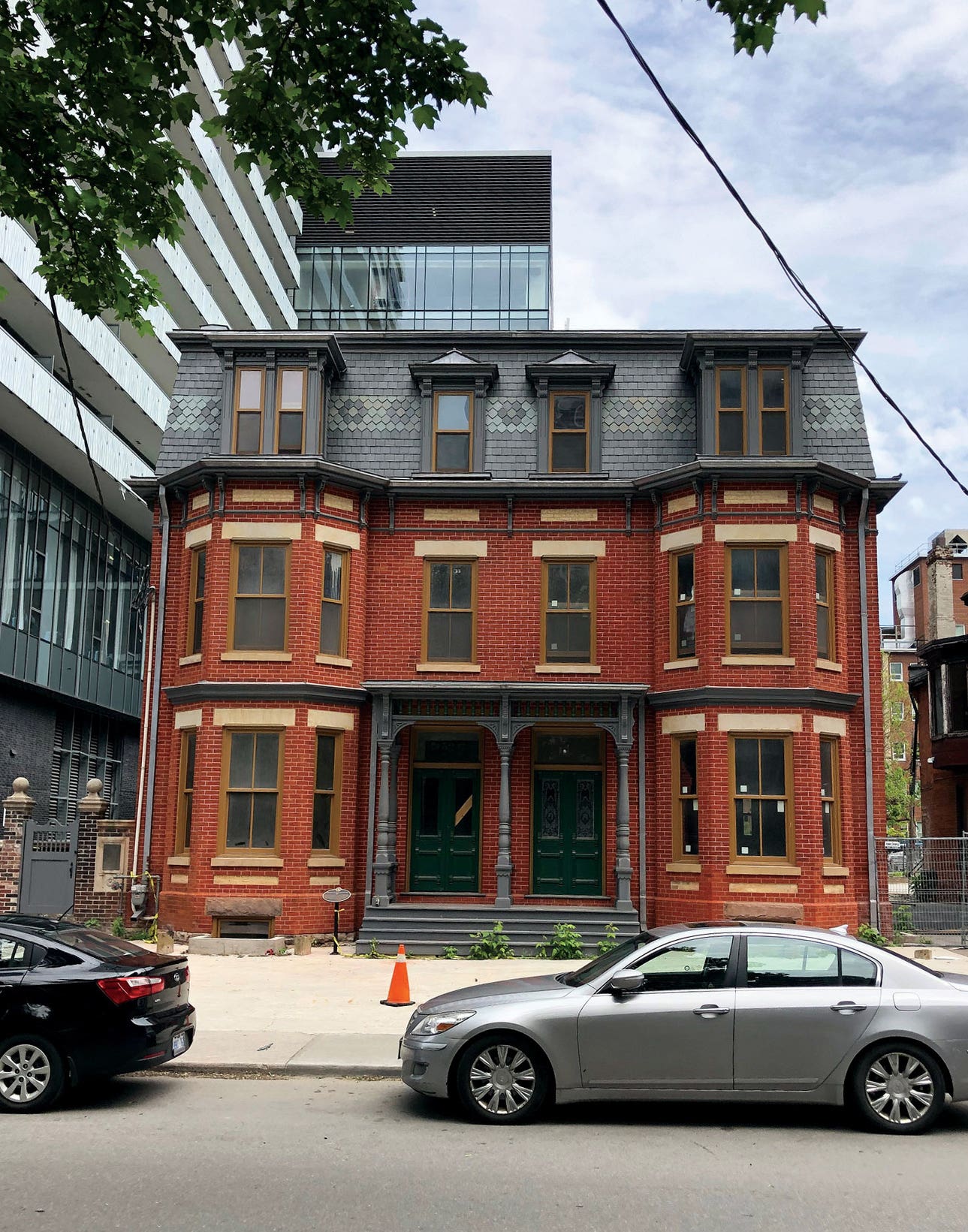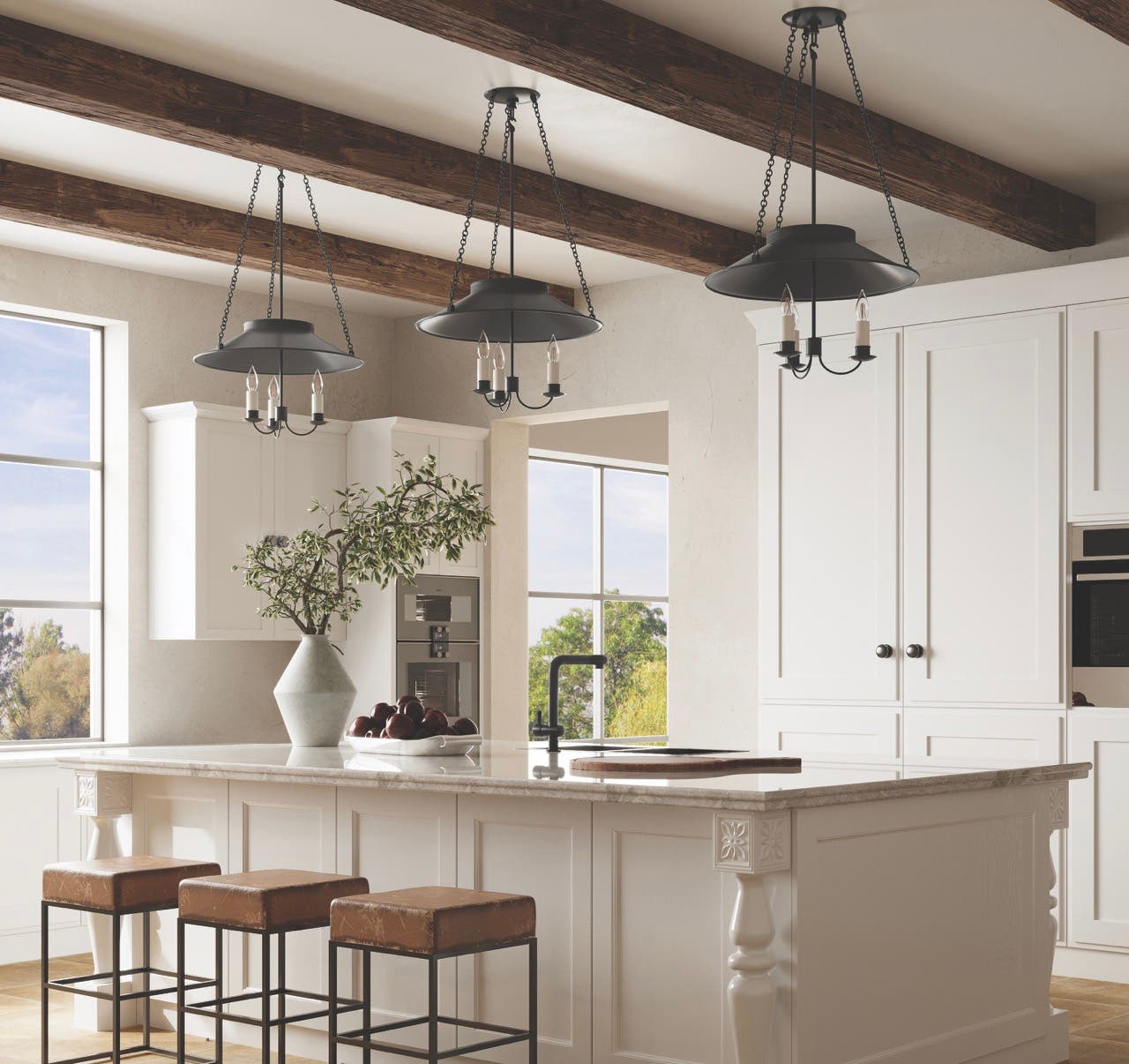
Product Reports
Tuckpointing
In the April 2019 issue of Traditional Building magazine, “How to Repoint Masonry,” used the Chicago definition of tuckpointing: “placement of mortar in the joint without the removal of mortar.” Referencing the article, “Tuck Pointing History and Confusion” confirms the existence of a Chicago method using that term, but clarifies the original English definition and method of tuckpointing as discussed in this article.
What is Tuckpointing?
Sixteenth-century brickwork in England had wide mortar joints to compensate for irregularly shaped bricks. Following the Great Fire of London in 1660, building materials such as good facing bricks were hard to come by. Until the 17th century, when uniformly sized bricks from Holland became available, and Christopher Wren and other significant architects promoted narrow joints, tuckpointing’s traditional definition meant a narrow contrasting band over a background colored mortar. Originally called “tuck and pat,” it evolved to “tuck and point jointing,” and later to just “tuckpointing.” The technique made the assembled masonry appear to have better quality masonry units when viewed at a distance. Embraced by the middle class, the method was not typically used on royal homes or other important buildings. Along with brick-staining, it was notably used in 1732 on Number 10 Downing Street, the home of the British Prime Minister, in order to unify three row houses into one address.
To tuckpoint masonry, mortar for filling the joint is selected in a similar color to the brick or stone to make it appear monolithic. Sometimes the brick itself is stained to achieve the most consistent appearance. Once the base mortar is slightly set, a v-shaped mason’s tool is used to inscribe a straight groove into the damp mortar to provide a narrow, regularized line between the bricks or stones. Into this groove, contrasting mortar is placed at a raised profile. This technique results in a strongly defined mortar joint and implies that a much more regular (higher quality) brick or stone was used. The Smith and Coleman Houses in Toronto, Canada, had the original tuckpointing restored to the way it was applied in 1885.
With the Great Chicago fire of 1871, the masonry trades were stretched thin re-creating in non-combustible construction all the buildings that were lost. The Chicago method of pointing evolved as a simpler, faster technique, employing a single color of mortar with a raised ridge placed along the center as the final tooling. This method should not be confused with the traditional technique of tuckpointing, or the Irish form of it, known as “wigging.” Wigging points the joint with the mortar color of the raised band. Once set, a colored stopping mortar is applied adjacent to it. The difference between the two is in longevity. In tuckpointing, the ribbon will weather first, leaving the brick-colored mortar joint. In wigging, the stopping mortar will weather first leaving the contrasting ribbon color.
Reference:
“Tuck Pointing History and Confusion” by Michael Shellenbarger APT Bulletin: The Journal of Preservation Technology Vol. 23, No. 3 (1991), pp. 38-47.
Susan D. Turner is a Canadian architect specializing in historic preservation of national registered buildings. She is the Senior Technical Architect for JLK, a woman-owned business specializing in the repair and preservation of historic buildings. She can be reached at sturner@jlkarch.com








